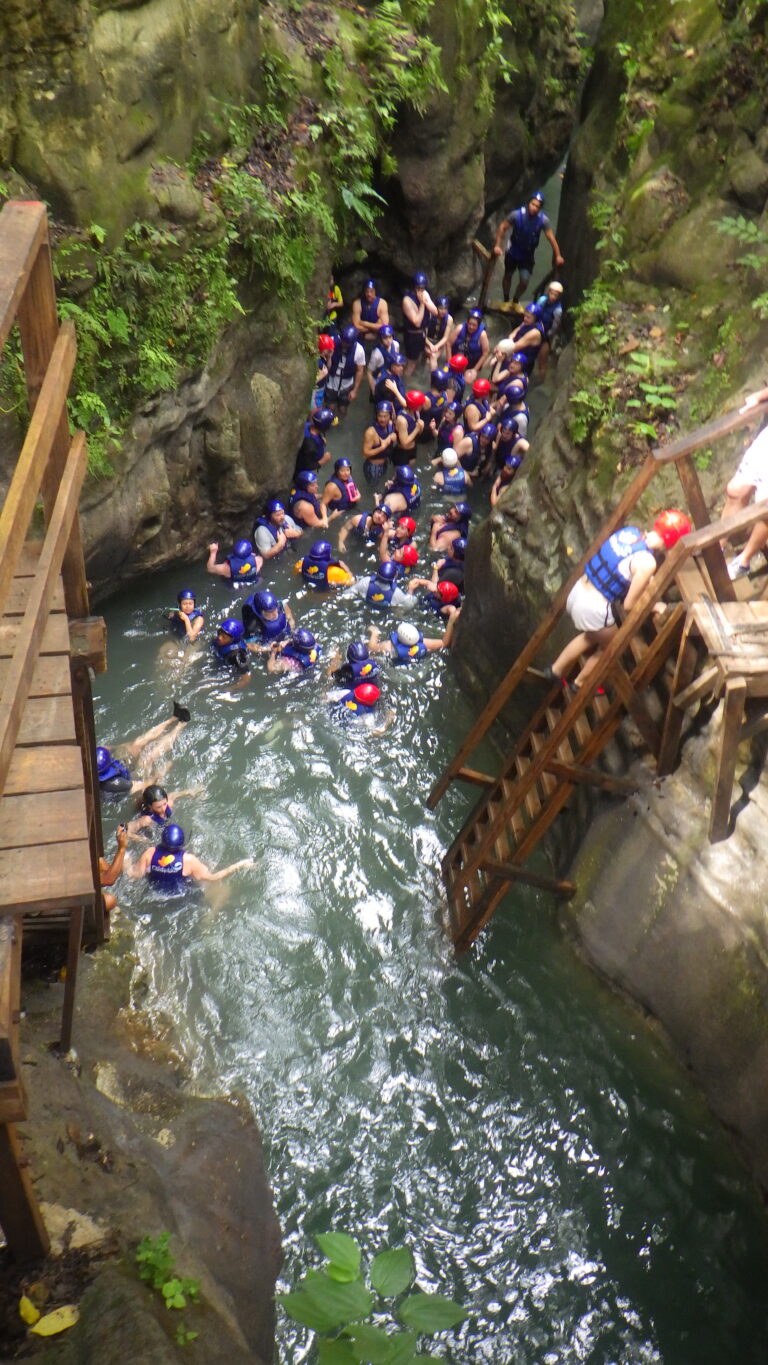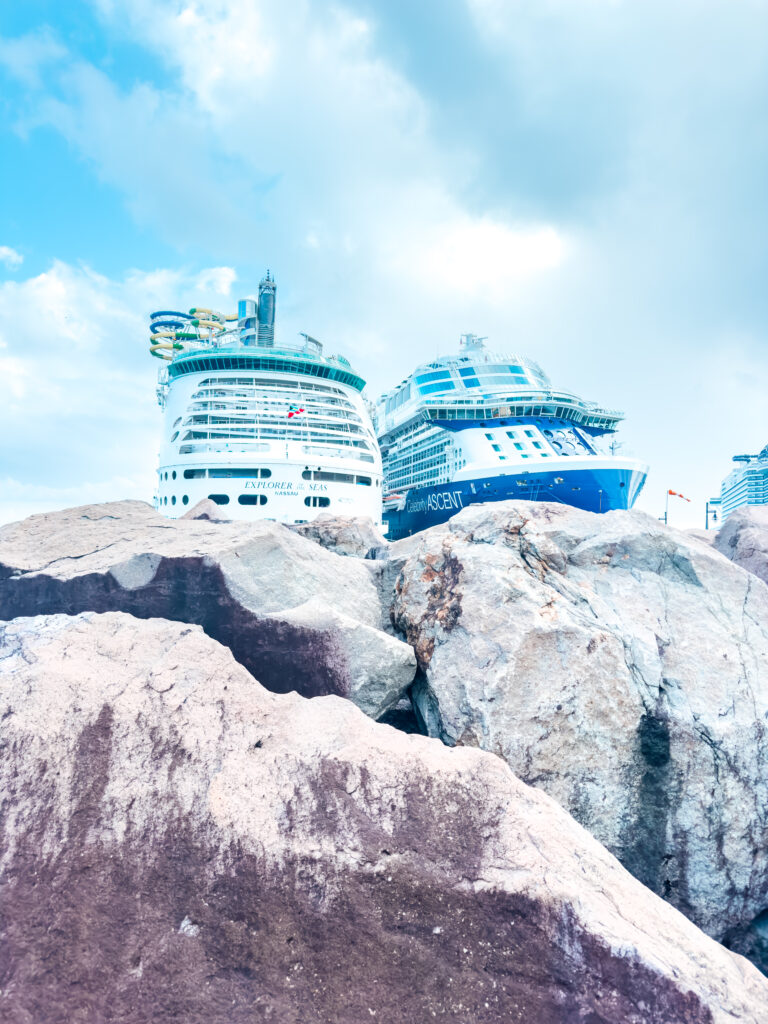Tampa Hotels for Cruisers with Shuttle to the Cruise Port
Hotels Near Tampa Cruise Port If you’re staying in Tampa the night before a cruise out of Port Tampa Bay, you’ll find many…

Hotels Near Tampa Cruise Port If you’re staying in Tampa the night before a cruise out of Port Tampa Bay, you’ll find many…

For some new cruisers, the cruise embarkation process may seem a bit overwhelming, and they may be curious about how to handle their…

One of the most popular attractions among cruisers porting in Cozumel is to enjoy a day at one of the many local beach…

If you’ve never cruised before, you’re probably curious about what to expect on port days and how to prepare for them. Unlike sea…

When you book a hotel room, it’s easy, but there are special considerations to make when booking a cruise. With a hotel, you…

When it comes time to book a cruise, is it better to book it on your own, or to use a travel agent?…

Once your cruise is booked, you’ll need to make some other important decisions, such as whether or not to book excursions at your…

I’m shocked by the frequency with which I see a disturbing (and completely avoidable) event happen at debarkation. That is the situation where…

Discover the essential of passport to cruise requirements and ensure smooth sailing on your next adventure.

I remember the first time I booked a cruise vacation. I was nervous, scared, and excited, but also intimidated because, at the time,…
Drop in your email here to catch up with all of my latest cruise updates and recommendations. As a special bonus, once you sign up you’ll receive my Ultimate Cruise Packing Guide FREE!
This will close in 0 seconds